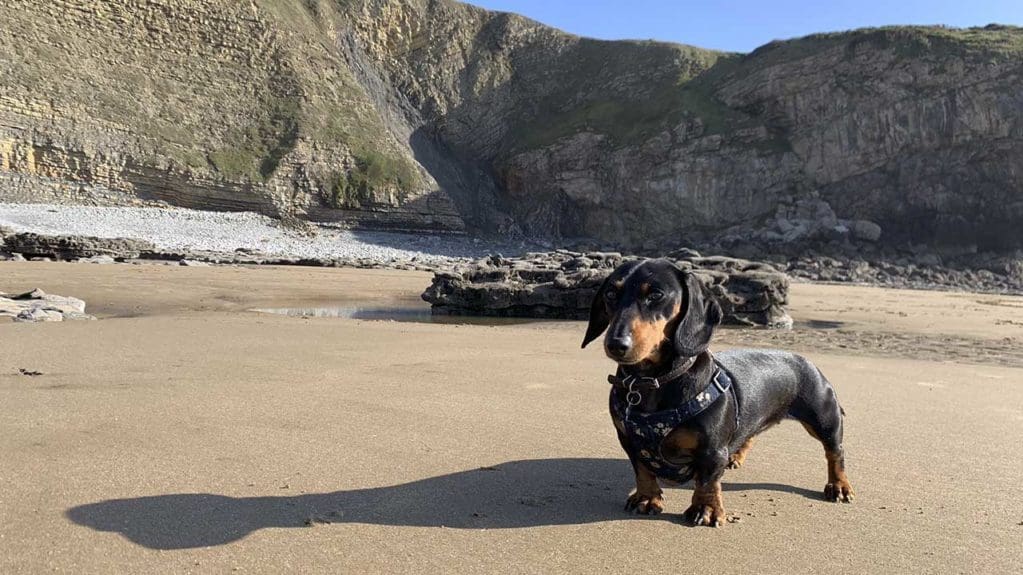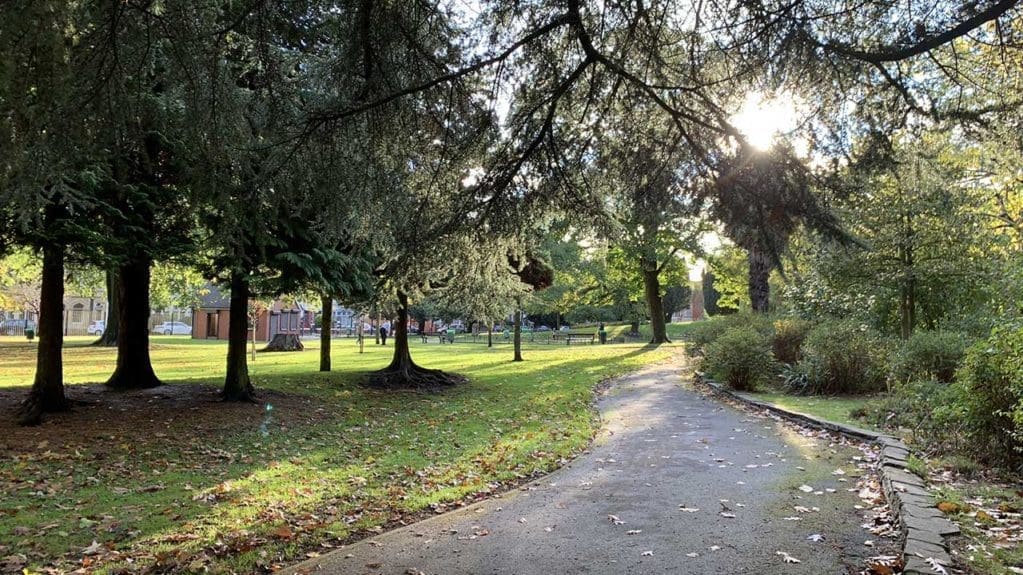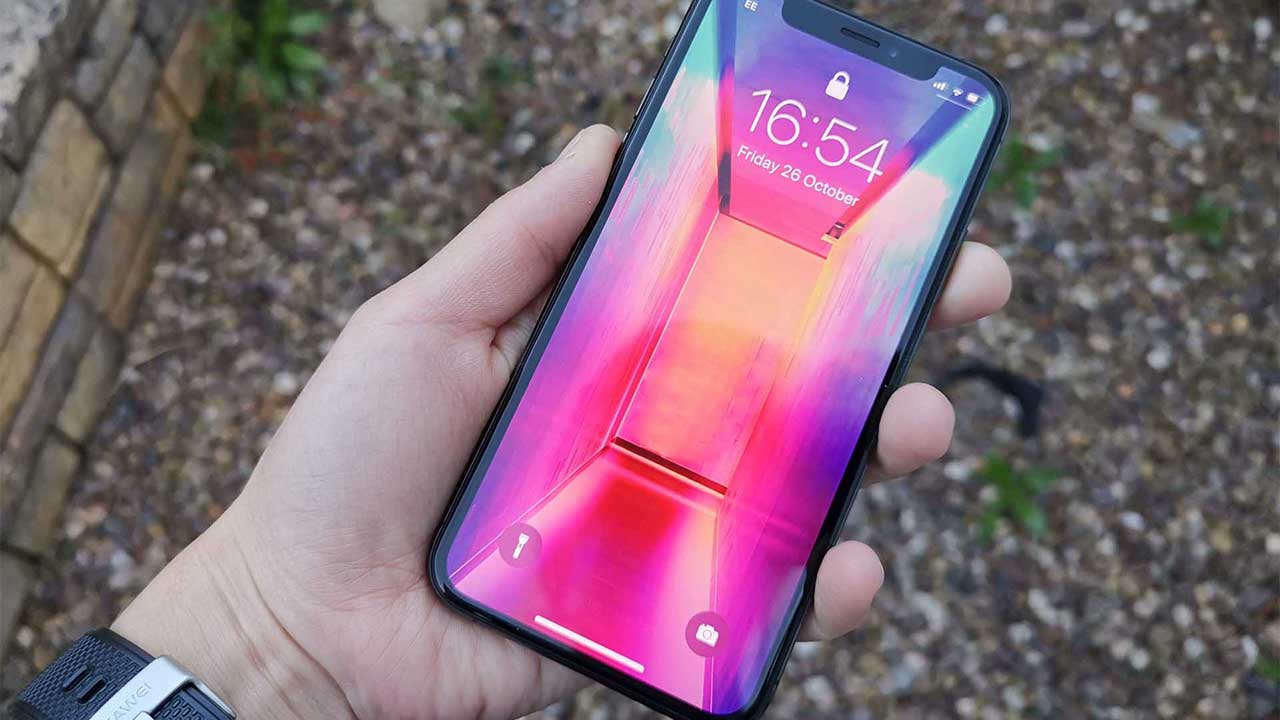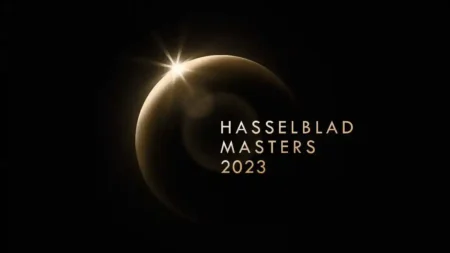Snap Verdict
The iPhone XS is the obvious choice for anyone with a penchant for iOS. For photographers it’s disappointing to see a lack of control afforded by the native app, but the results from its automatic mode are excellent. As is always the case with Apple, you pay a lot for the brand – if your loyalties lie outside of the Apple camp, you’ll arguably be better suited with Huawei or Samsung.
Pros: Natural colours, sleekly designed device, telephoto lens, Portrait Mode
Cons: No advanced controls, no raw shooting (in native app), very expensive, fixed storage
What is the iPhone XS?
Apple’s latest flagship devices, the iPhone XS and the iPhone XS Max share the same dual-camera setup. The iPhone XS Max was recently promoted to second in DxO Mobile’s leaderboard of best smartphones for photography, so we were keen to see what it was capable of.

It comes a year after last year’s iPhone X, with the new model being pronounced “Ten Ess” (I’ve never heard anybody call it anything over then the “excess” in real life though).
This time around, Apple has gone for a modest upgrade, rather than a full-blown revamp, but there are still some interesting features to take note of, especially as you can no longer buy the iPhone X directly from Apple.
Both of the cameras use 12 megapixel sensors, and just as with the iPhone X, there’s one wide-angle camera (26mm equivalent), and one telephoto optic (52mm equivalent).
The screen is a 5.8-inch Super Retina HD screen, with new specifications including a new processor, the ability to control depth of field after you’ve taken a shot in the “Portrait” mode, plus a new storage capability of up to 512GB.
As is usually the case, the iPhone XS comes at a high cost premium. Expect to pay £999 for the lowest capacity option (64GB), up to £1,349 for the 512GB capacity version. If you buy the phone as part of a contract with a network, prices vary hugely.
Build and Handling
Design-wise, Apple has very much stuck to what it knows for the iPhone XS, being almost identical to the iPhone X. You’ve still got the famous “notch” which caused consternation when it first came out but is pretty standard nowadays.

You can access the camera directly via the on-screen icon from the lock screen, with a long press. As we’ve seen on all previous iPhones, the native camera app is relatively basic. That’s a plus point for anyone who just wants something simple, but is a little bit disappointing for anybody even slightly serious about their photography. There are countless options to download third-party apps for more control, including the ability to shoot in raw format, but being able to access a camera directly from the lock screen is preferable for quick shooting. We can but hope that one day Apple sees fit to give us a “pro” or “advanced” mode in the native app.
There’s a number of different modes you can choose from. There’s Photo and Video, which are pretty self-explanatory, as well as Portrait (which you can use to create shallow depth of field effects, regardless of the actual subject), Square and Pano[rama] (again, pretty self-explanatory).
In the standard Photo mode, you won’t find any options to change camera settings, but you can adjust exposure compensation by sliding up and down with your finger on the screen when a sun icon appears.
Video modes also include Slo-Mo, and Time-Lapse. The iPhone XS can shoot in a variety of different frame rates and resolutions when shooting a standard video. Annoyingly, you have to go into the main settings app of the phone to choose between different rates, which isn’t the most intuitive of processes.
Portrait Mode is something we’ve seen on the iPhone XS before, and most modern high-end smartphones offer something similar. A new function for the iPhone XS is the ability to alter the amount of blur, as well as the focus point, after you’ve taken the shot. This is not something which is unique to iPhones, but it works well and gives you better flexibility should the focusing be slightly off, or if you decide you’d rather have no blur at all. As this option is clearly a software upgrade, it’s strange that it’s not available for other iPhones, such as the X, which also have Portrait mode – but Apple is known for holding back certain functions, perhaps in order to encourage sales of newer devices.
Performance
If you already own an iPhone X, upgrading to the newer model probably isn’t worth the extra outlay unless you’re super keen to always have the latest tech.

Image quality has improved, but not dramatically enough to suggest a new phone is absolutely necessary. If you’re coming from one of the older models, such as the iPhone 7 though, it will be a big jump.
One of the things I like about the iPhone XS is that appears that colour rendition has been toned down, while dynamic range has improved. That means that all shots, but landscapes in particular, have more natural and realistic tones.
Apple also says that the pixels for the iPhone XS cameras are “bigger and deeper”. In reality, this means that low light performance is very good, with a good degree of detail kept. It’s still not as impressive as the Huawei P20 Pro or Mate 20 Pro’s fantastic Night mode, but the iPhone XS still produces impressive shots.
Both of the camera/lens combinations produce good images, but the wide angle is best used for low-light situations, as it offers a wider aperture lens (f/1.8 vs f/2.4). We could argue all day about whether a 2x zoom or a 3x zoom is better – but being able to get closer to the subject is very useful regardless. I’d avoid using the digital zoom unless you absolutely have to – essentially just a crop of the image, you’d be better off cropping yourself in post production.
The Portrait Mode once again delivers well, producing its best results when photographing clearly defined subjects. It seems to work especially best when photographing humans, which is not a surprise considering the name of the mode, but it also works to good effect when shooting pets, or indeed inanimate objects. Having the option to adjust the level of blur at a later date is also very useful.
Verdict
Although a relatively minor upgrade (in terms of the camera specs at least), the iPhone XS is still an excellent option for those looking for a good smartphone for photography.

As Apple has removed the iPhone X from sale from its website, it’ll be the defacto choice for many people, and while we wouldn’t really recommend an immediate upgrade for all but the loyalist of die-hard Apple fans, it’s a great model to move up to from one of Apple’s older phones.
The camera results from the phone are impressive, with great colours and plenty of detail. It remains a shame however that photographers aren’t given more control via the native app – in this respect, other phones on the market, such as the Huawei Mate 20 Pro, Huawei P20 Pro, or the Samsung Galaxy Note 9 are much more well equipped.
Then there’s the price. With no option to add additional storage to your iPhone, if you’re someone who shoots a lot of photos (or video), investing in the largest possible size makes sense. But at an eye-watering £1,349, it’s a huge investment for the 512GB option.
If you’re a fan of Apple, but are on a tighter budget, take a look at the cheaper iPhone XR, or perhaps keep an eye out for remaining stock of the iPhone X, as well as second-hand models. If you’re not so bothered about which brand you use, several other phones on the market offer much better value.



